On the desk you can see the basic tools I use every day. I write on computer (mostly), but I also keep a writing notebook in which I record everything by hand - what I'm planning to work on that day, what I have worked on already, my hopes for the project and any problems I'm having, fragments of sentences, character ideas, location maps, lists of books to read for research and notes from the books I'm currently reading, and my own reflections on the way a project is progressing. This notebook goes with me everywhere, and is the first thing I open each morning. I also keep a diary on the desk, and occasionally the year planner that you can see in the top left corner. If the year planner is out, it means it's a busy week and I'm checking that the progress of the project is on track! When I write by hand, it's mostly with the kind of plastic fountain pens that cost a couple of euros from a newsagent. On the desk you can also see an outline for the new book, which I printed out at the start of the week and which I have been going through by hand, annotating, to check how the shape of the story is crystallising.
All of which might sound very organised and straightforward. But what I haven't yet mentioned are all of the things that I'm superstitious about. For instance the desk itself, which I've brought with me through three or four house moves (in one case dismantled and disguised as a box because the removal company didn't ship furniture) despite the fact that it only cost £20 or £30 to begin with. Or the fact that I feel compelled for unknown reasons to always use the same exact size, shape and design of writing notebook until a project is finished, which means that I hoard a stack of notebooks at the start of every project, just in case. Or the talismans on the windowsill, objects with particular meaning which remind me of the book I've just finished and encourage me with the one I'm just starting. Or the odd rituals that I follow - for example the fact that I have to clear my desk every evening, which is why everything useful like the lamp and the printer are relegated to other tables. Unless a computer breaks, I won't change it, because I get uneasy even about that!
Which I guess is to say that writers are superstitious. Maybe it's because there are so many things about the process of writing that we can't control. Publication is, to a large extent, governed by fortune - by lucky meetings, random salvages from the slush-pile (which is where my own first book was discovered), collisions of stories and moments which might have been quite different another day, another time. Which is not to say that the wrong books are published. But that many of the right ones aren't. Even good, brilliant, important stories. Which is a fact that I think every writer is constantly aware of. There are so many aspects of the process that aren't really in our hands that perhaps it's natural to be a little superstitious about the ones that are!
Do you have any writing and reading rituals or particular objects that you keep around you? I'd be interested to know...
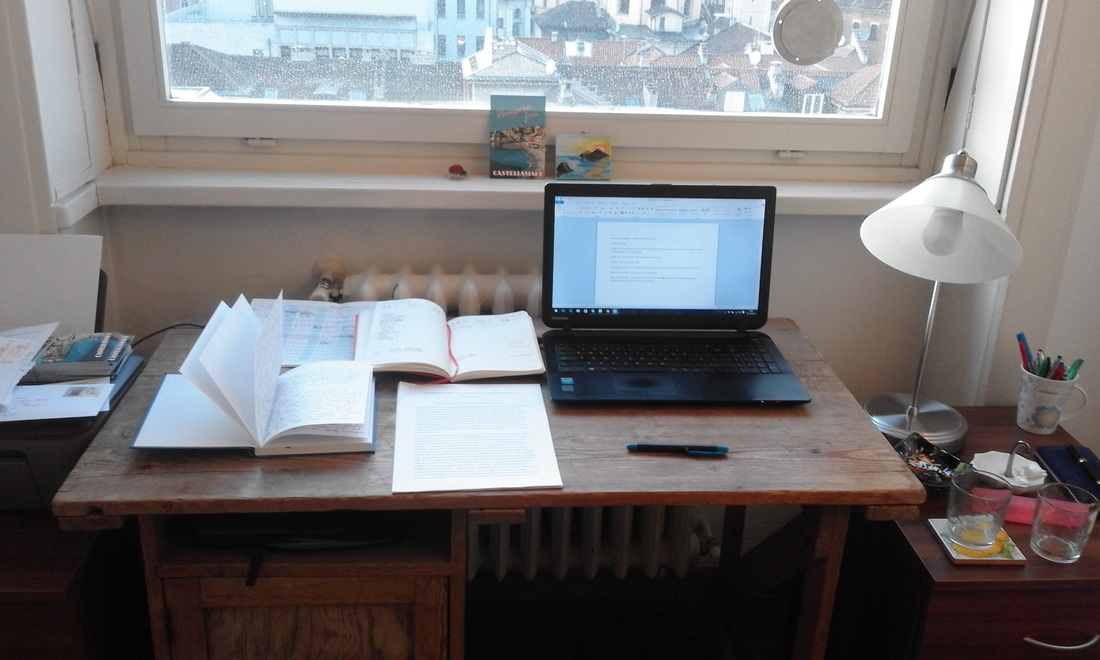
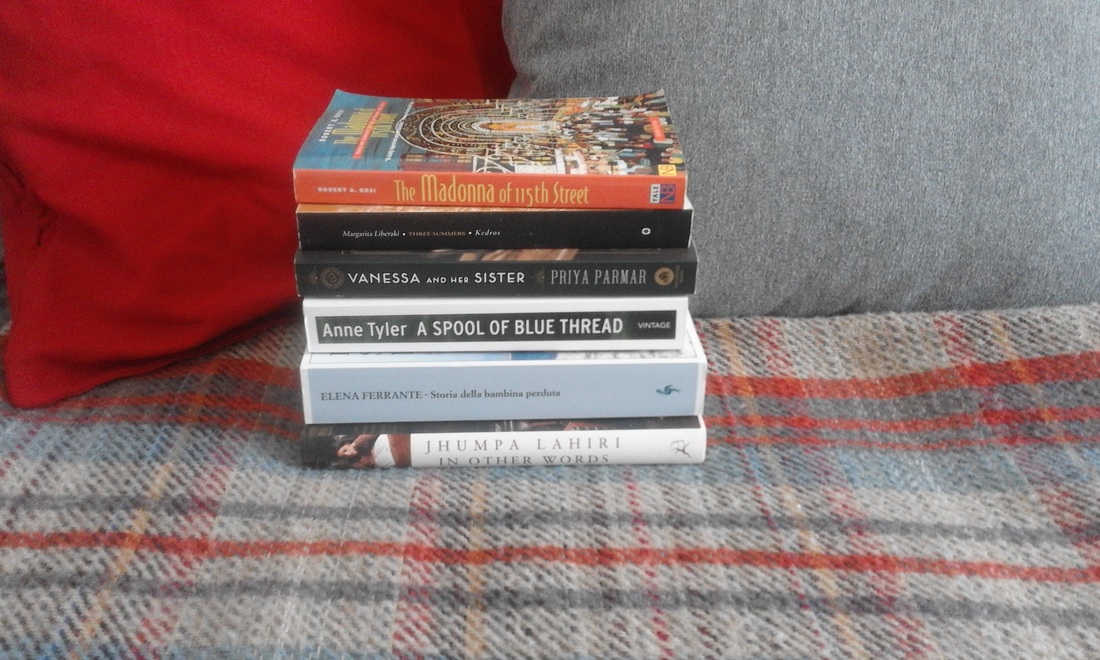
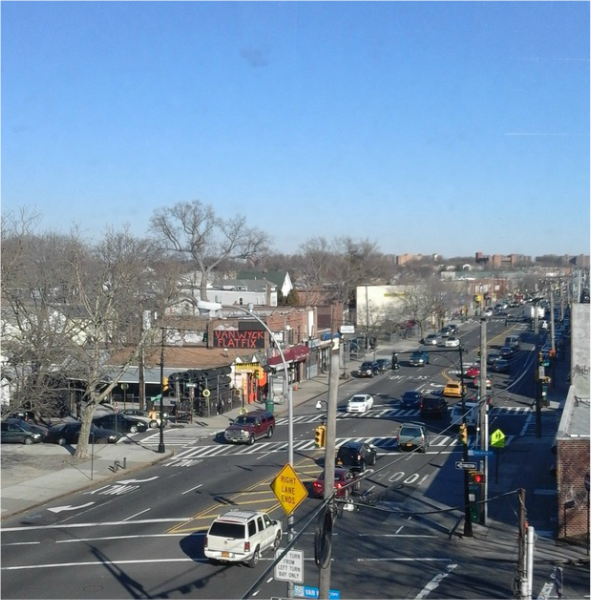
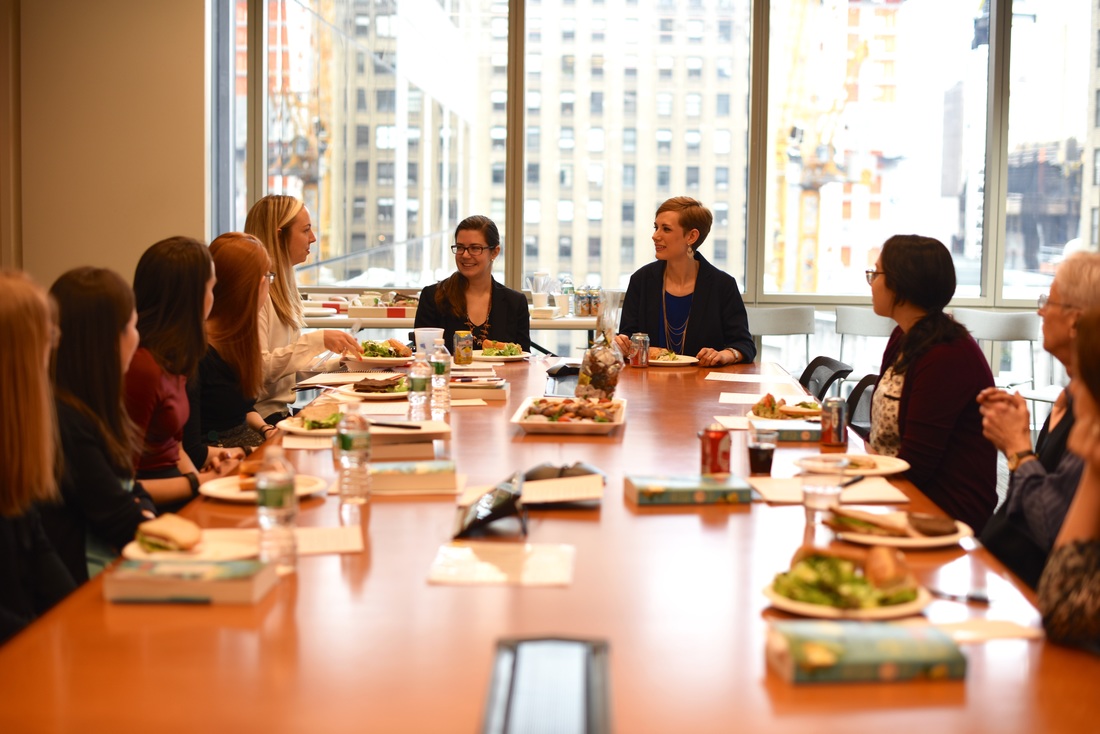
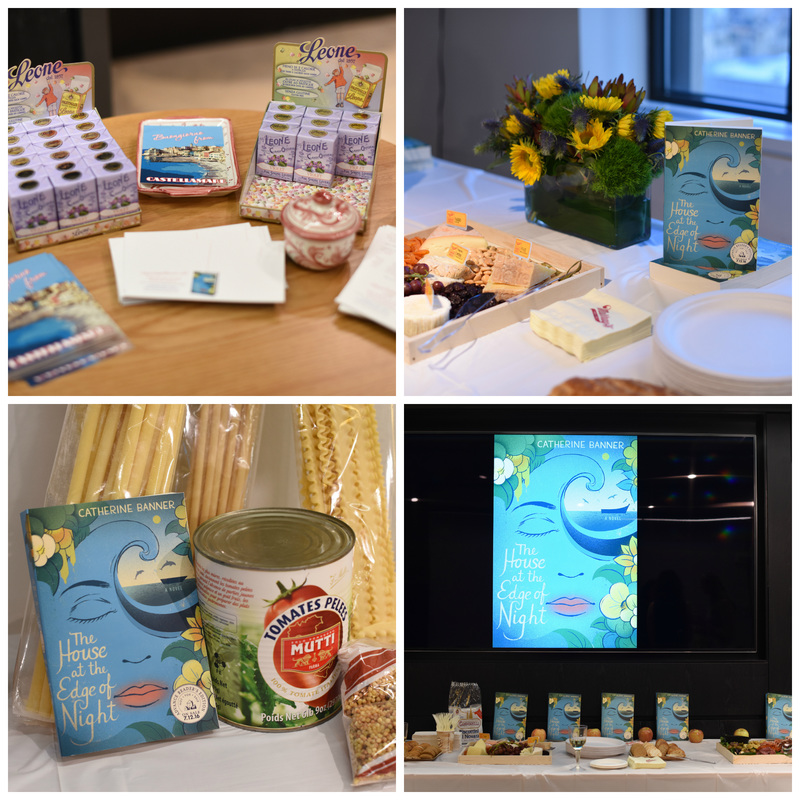
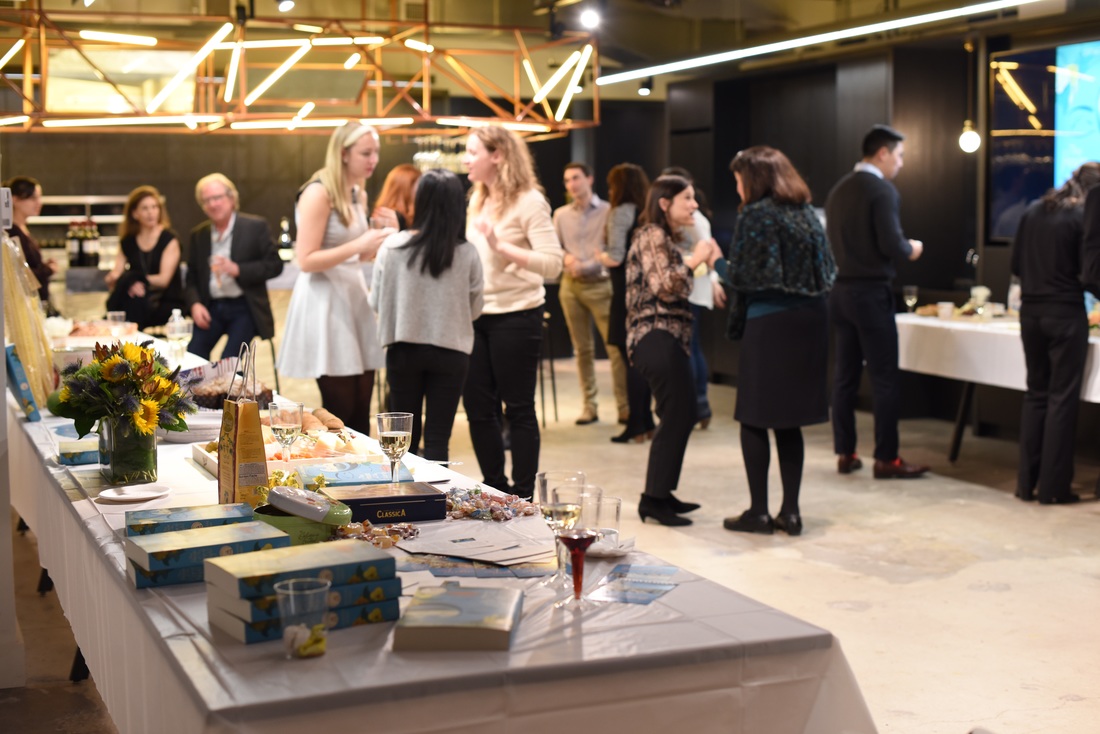
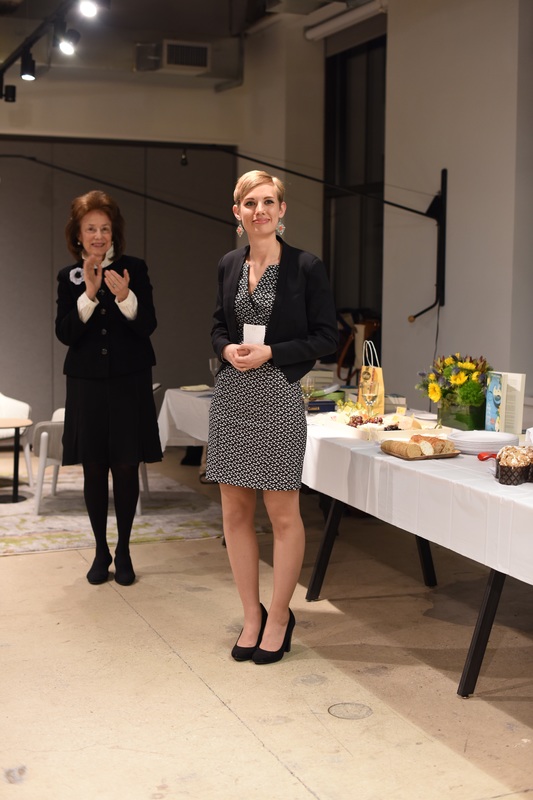
 RSS Feed
RSS Feed
